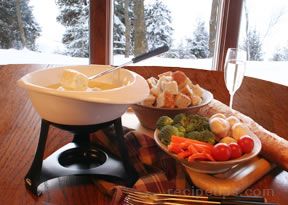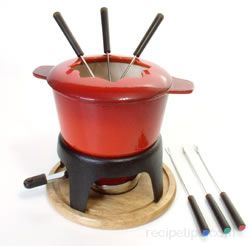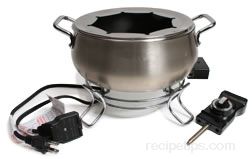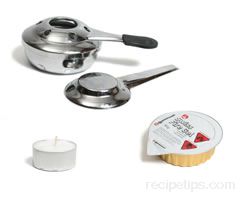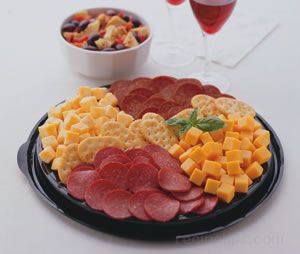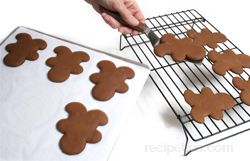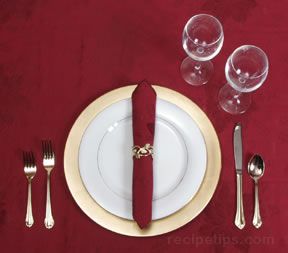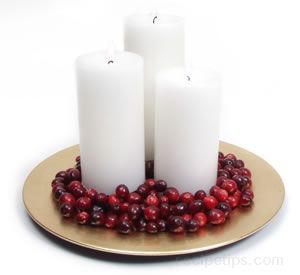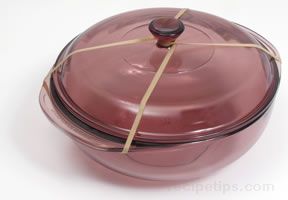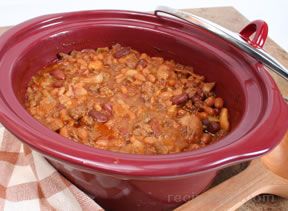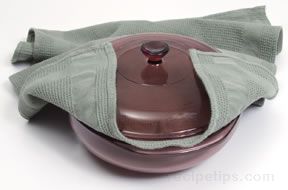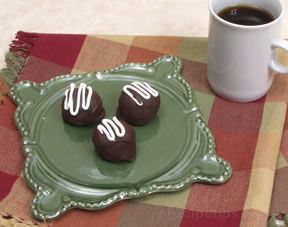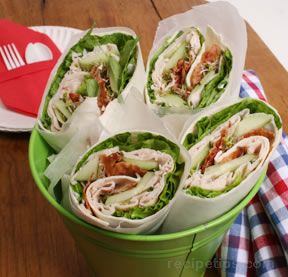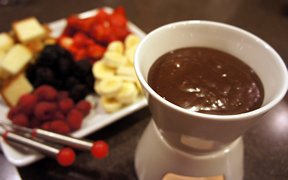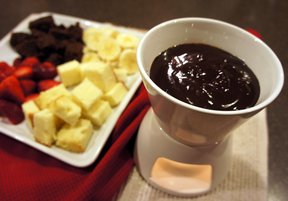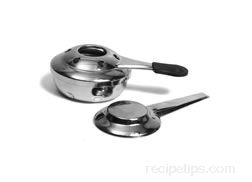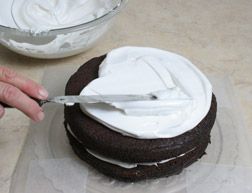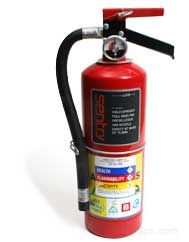Fondue is a fun cooking method to use when serving a meal for a small group. It can be used for cooking meat or seafood, or it can be used to prepare different types of dipping sauces for dipping almost any type of food. The type of fondue dipping sauce that is used will depend on what you will be dipping. Fondue can be served as an appetizer, main course, or dessert. There are many fondue recipes for all of the different courses you may want to serve.
Choosing the Right Fondue Pot | Fondue Utensils | Cheese Fondue
Fondue Bourguignon | Chocolate and Dessert Fondue | What to Dip | Fondue Tips
Choosing the Right Fondue Pot
| How to Fondue with Equipment Specifically Designed for that Purpose |
|
|
Ceramic Fondue Pot |
|
Metal Fondue Pot |
A metal fondue pot is used for fondues that require high heat when cooking, specifically meat and seafood. These pots are also suitable for meat and cheese fondues as long as the heat source is regulated at a lower temperature. |
|
Enamel Cast Iron Fondue Pot An enamel cast iron fondue pot is used for any type of fondue. | |
|
Heating Elements Many different heating elements are available, including candles, gel fuel, liquid fuel, and electric. |
|
Fondue Utensils
|
Each guest will need the following fondue utensils:
Note: When serving meat and/or seafood dishes, provide an appropriate dipping sauce. |
Cheese Fondue
|
Before adding the cooked cheese fondue to the pot, rub a clove of garlic inside of the pot for added flavor. Prepare and heat the fondue on the stove first, and then transfer to the fondue pot. Finely shredded cheese melts easily. Allow the cheese to melt slowly. Alcohol, such as wine, champagne, or beer added to cheese fondue enhances flavor and prevents curdling. If the fondue starts to separate or curdle, beat in some freshly squeezed lemon juice. Stir constantly with a wooden spoon until the mixture becomes smooth. To adjust the thickness, add wine or apple cider rather than water. Always stir cheese fondue in a figure-eight motion to encourage the blending of ingredients. The crust left at the bottom of the pot when making classic cheese fondue is considered a delicacy and is called “la croute” or la religuese”. Scrape it off and serve it to your guests. |
Fondue Bourguignon: Cooking Meat and
Raw Vegetables in Oil (high heat fondue)
ProcedureThis dish includes beef, pork, poultry, game, seafood, and raw vegetables.
|
| Note: Never leave pot unattended and closely supervise children. Do Not use water if a fire erupts; this will spread the fire. Instead, cover the fire with the pot lid to cut off the oxygen supply. |
|
| Approximate fondue cooking times for raw meat, seafood, and vegetables in prepared fondue | |
| Beef | Rare: 15 to 20 seconds Medium Rare: 25 to 30 seconds Well Done: 40 to 45 seconds |
| Fish | 30 to 60 seconds |
| Seafood | 2 to 3 minutes |
| Lamb | 1 minute |
| Pork | 1 minute |
| Poultry | 2 minutes |
| Vegetables | 3 to 5 minutes |
| Cooking times vary greatly and are dependent on how hot the fondue is, what the fondue consists of, and how the ingredients were prepared for the meat or vegetable fondue. If available, follow the recipe directions. |
Chocolate and Dessert Fondue
| Choose chocolate that has a cocoa solid content above 50%; the best quality chocolate makes the best chocolate fondue. White chocolate tends to harden if overheated. Stir constantly, heat slowly, mix with cream that has been warmed to prevent hardening and to create a creamy texture. Adding a favorite liqueur will add to the texture and flavor. Ideally, all chocolate and dessert fondues should be melted on the top of a double boiler, never over direct heat, before being placed into the fondue pot for serving. A small amount of heat is required to keep dessert fondue warm in the fondue pot, it is best to use a candle. |
What to Dip
Cheese Fondue Cooked chicken, cooked ham, cooked pork sausage, cooked seafood, apples, hard-crusty breads, French bread, rye bread, Italian bread, pears, cauliflower, broccoli, potato wedges, vegetables, and pickles. Chocolate, Dessert, and Fruit Purée Fondue Firm fruits, strawberries, sliced bananas, fresh pineapple, mango, kiwi, hard apples, grapes, cherries, figs, peaches, dried fruits, ladyfingers, angle food cake, pound cake, cheesecake, vanilla cookies, marshmallows, chocolate cake (fruit fondue), miniature lemon muffins, and miniature blueberry muffins. Oil Based Fondue Beef, pork, poultry, game, seafood, onions, cauliflower, broccoli, baby carrots, small sections of corn on the cob, radishes, zucchini, celery, turnips, potatoes, squash, pea pods, and mushrooms. Broth, Bouillabaisse, Wine, and Champagne Fondue Beef, pork, poultry, game, seafood, onions, cauliflower, broccoli, baby carrots, small sections of corn on the cob, radishes, zucchini, celery, turnips, potatoes, squash, pea pods, and mushrooms. Tomato Based Fondue French bread, Italian bread, crust focaccia, corn muffins, cooked ham, salami, pepperoni, baby artichoke hearts, bell peppers, raw zucchini, and cubed hard cheeses. Black Bean Based Fondue Tortilla chips, bell pepper, chunks of Monterey Jack and/or Jalapeño cheese, and baby corn. Vegetable Fondue Cauliflower, bell pepper, asparagus spears, artichoke hearts, hard-crusty breads, potatoes, mushrooms, cubed squash, eggplant, cubed hard cheese, baby corn, snow peas, and cooked shellfish. |
Fondue Tips
|

